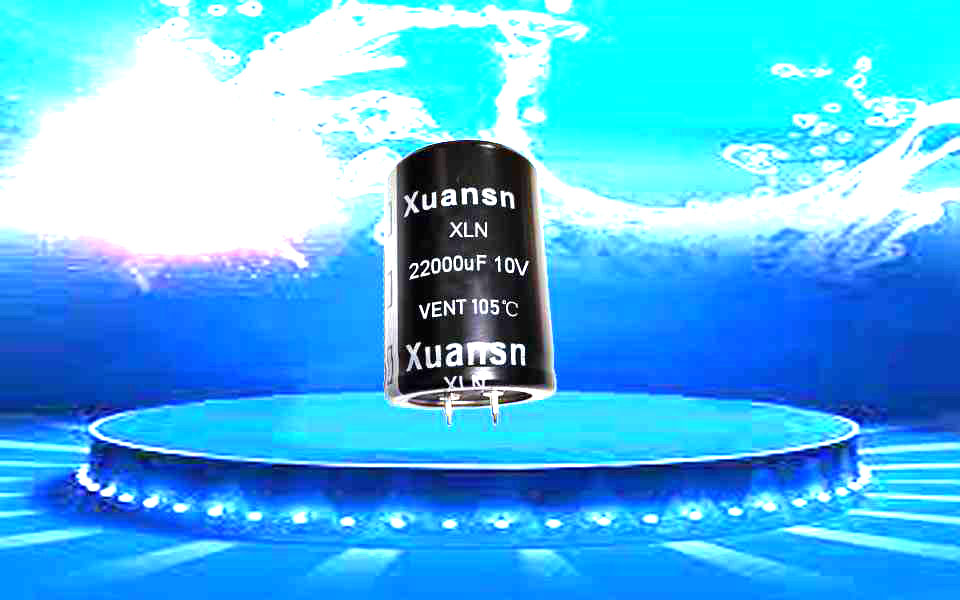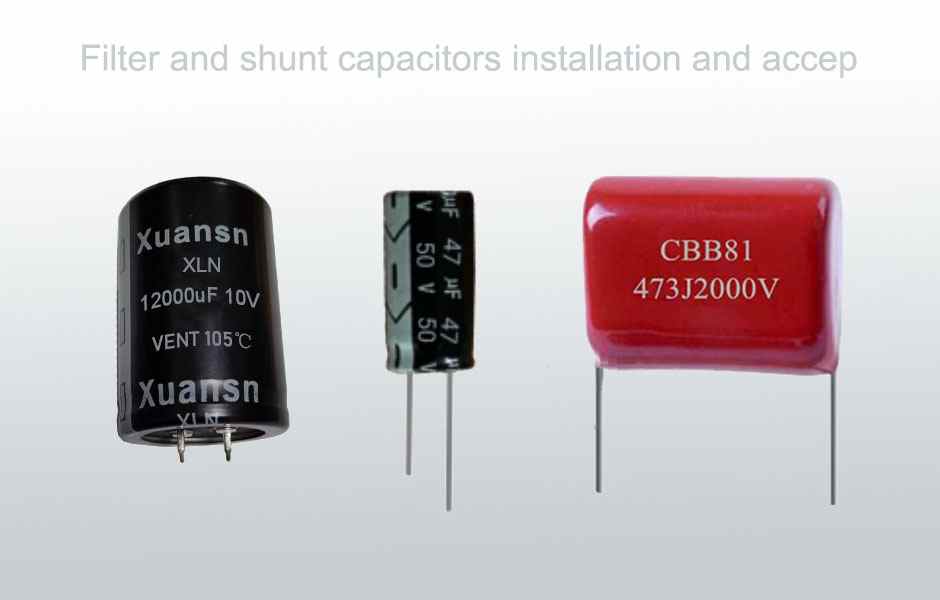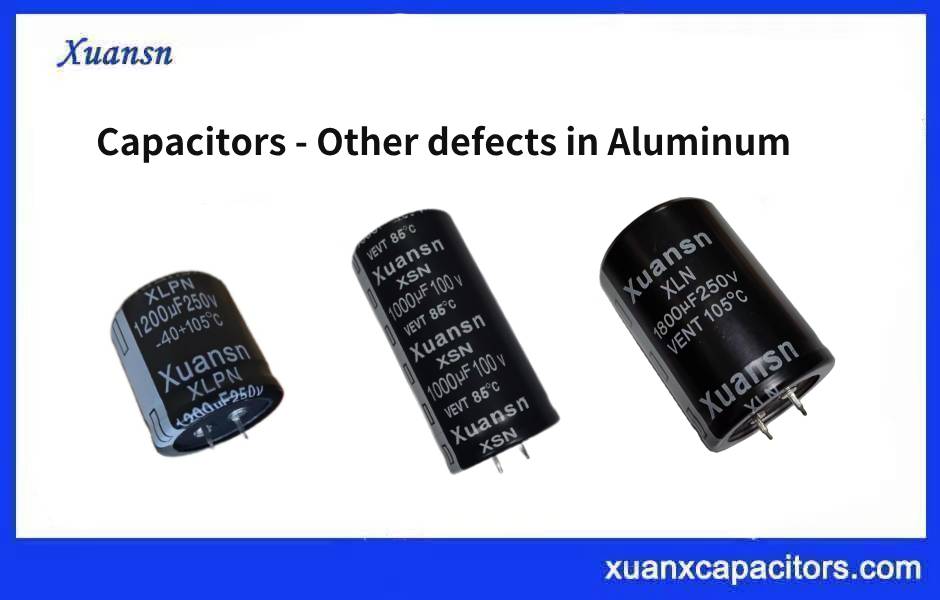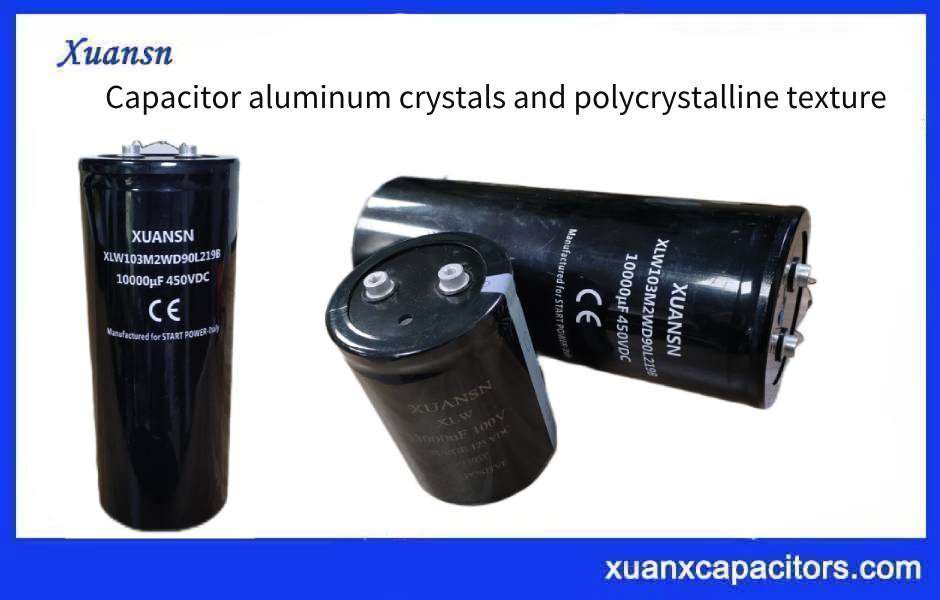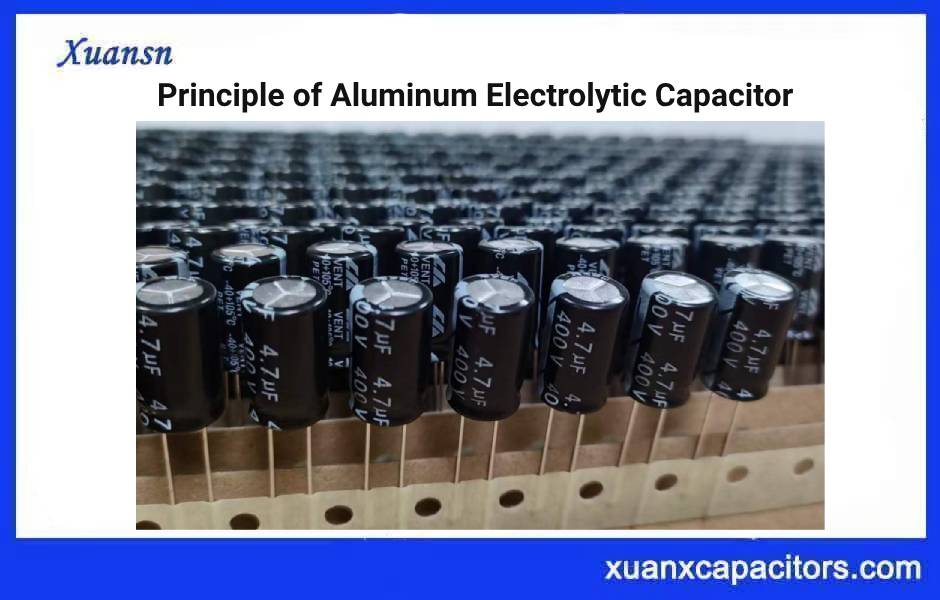1. 0805 ceramic capacitor
The 0805 ceamic capacitor is a capacitor material. The chip capacitor is called: multi-layer (stacked, laminated) chip ceramic capacitor, also known as chip capacitor, chip capacity. There are two ways to represent the chip capacitor, one is expressed in inches and the other is expressed in millimeters.
0805 is the size of the chip capacitor, 08 means the capacitor length is 0.08 inches, and 05 means the width is 0.05 inches.
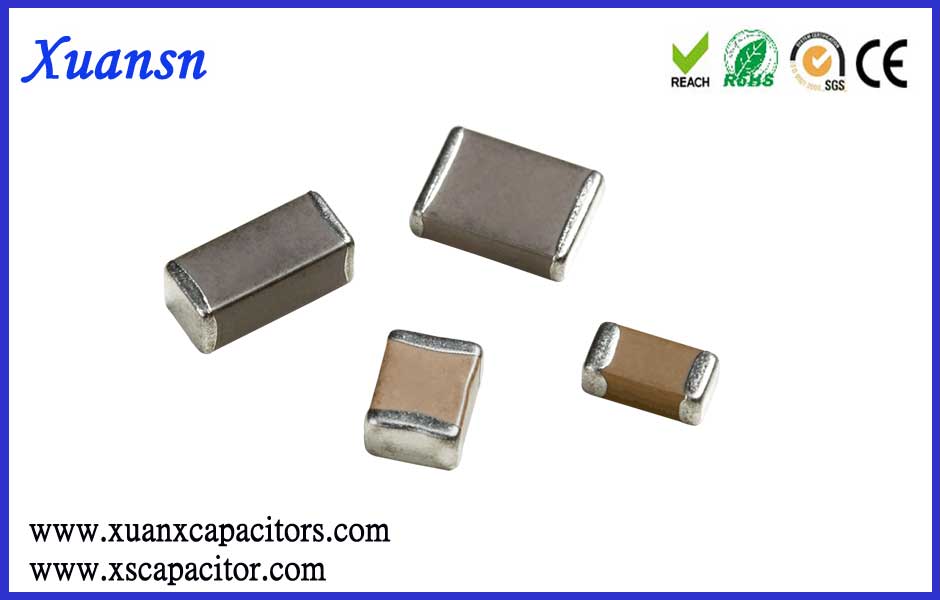
2. the role of 0805 ceramic capacitor
1) Bypass
The bypass capacitor is an energy storage device that powers the local device, which equalizes the output of the regulator and reduces the load requirements. Like a small rechargeable battery, the bypass capacitor can be charged and discharged to the device. To minimize impedance, the bypass capacitor should be as close as possible to the power supply and ground pins of the load device. This can well prevent ground potential elevation and noise caused by excessive input values. The ground potential is the voltage drop at which the ground is connected by a large current glitch.
2) Decoupling
Decoupling, also known as decoupling. From the circuit, it can always be distinguished as the source of the drive and the load being driven. If the load capacitance is relatively large, the drive circuit must charge and discharge the capacitor to complete the signal transition. When the rising edge is steep, the current is relatively large, so the driven current will absorb a large supply current, due to the circuit. The inductance, the resistance (especially the inductance on the chip pin, will produce a rebound), this current is actually a kind of noise compared to the normal situation, which will affect the normal operation of the previous stage. This is called “coupling”. .
The decoupling capacitor acts as a “battery” to satisfy the change of the drive circuit current and avoid mutual coupling interference.
Combining bypass capacitors with decoupling capacitors will be easier to understand. The bypass capacitor is also actually decoupled, except that the bypass capacitor generally refers to the high frequency bypass, which is to increase the low impedance leakage path for the high frequency switching noise. The high-frequency bypass capacitor is generally small, and generally takes 0.1μF, 0.01μF, etc. according to the resonant frequency; and the capacity of the decoupling capacitor is generally large, which may be 10μF or more, depending on the distributed parameters in the circuit and the variation of the driving current. to make sure. Bypass is to filter the interference in the input signal, and decoupling is to filter the interference of the output signal to prevent the interference signal from returning to the power supply. This should be their essential difference.
3) Filtering
Theoretically (that is, assuming the capacitor is a pure capacitor), the larger the capacitance, the smaller the impedance and the higher the frequency of passing. However, in fact, the capacitance of more than 1μF is mostly an electrolytic capacitor, which has a large inductance component, so the impedance will increase after the frequency is high. Sometimes you will see a small capacitor with a larger capacitance and a small capacitor. At this time, the large capacitor passes through the low frequency and the small capacitor passes through the high frequency. The function of the capacitor is to pass the high impedance and low frequency. The larger the capacitance, the easier it is to pass the low frequency. Specifically used in filtering, large capacitor (1000μF) filter low frequency, small capacitor (20pF) filter high frequency. Some netizens have visually compared filter capacitors to “water ponds.” Since the voltage across the capacitor does not change, it can be seen that the higher the signal frequency, the greater the attenuation. It can be said that the capacitor is like a pond, and the water quantity will not be changed due to the addition or evaporation of a few drops of water. It converts the change in voltage into a change in current. The higher the frequency, the larger the peak current, which buffers the voltage. Filtering is the process of charging and discharging.
4) Energy storage
The energy storage capacitor collects charge through the rectifier and transfers the stored energy through the converter lead to the output of the power supply. Aluminum electrolytic capacitors with a voltage rating of 40 to 450 VDC and a capacitance value between 220 and 150 000 μF (such as EPCOS B43504 or B43505) are more commonly used. Depending on the power requirements, the devices are sometimes used in series, in parallel, or a combination thereof. For power supplies with power levels greater than 10 kW, bulky screw-type terminal capacitors are typically used.
